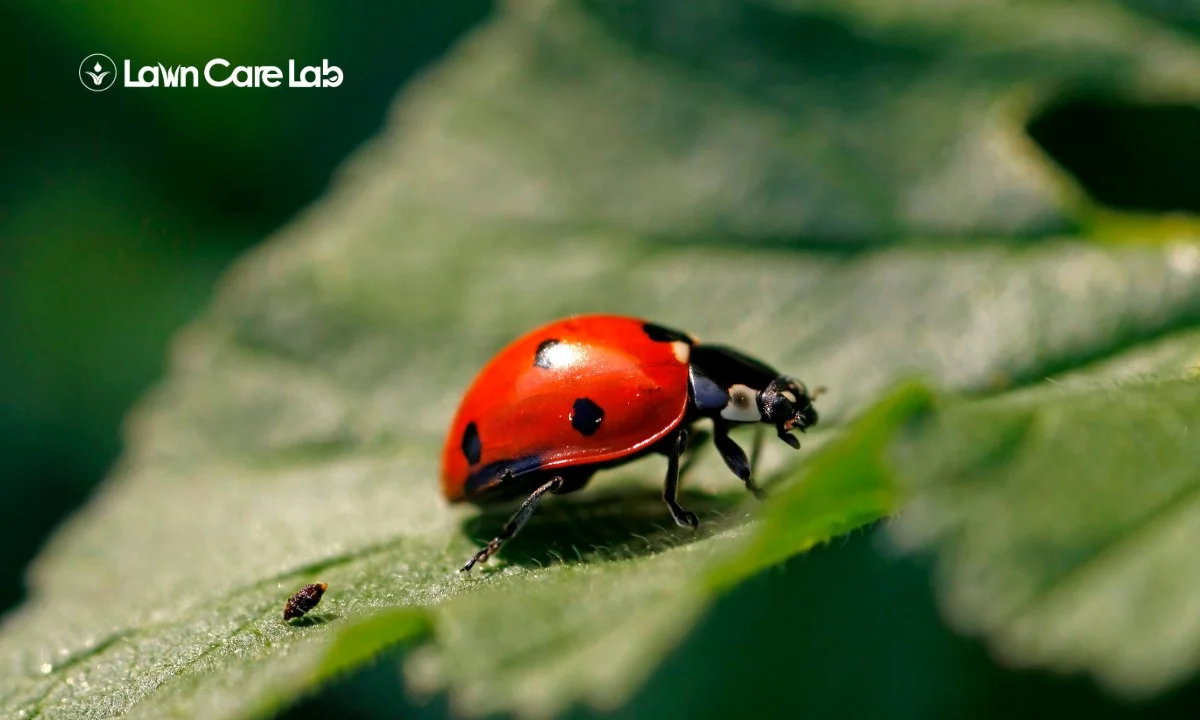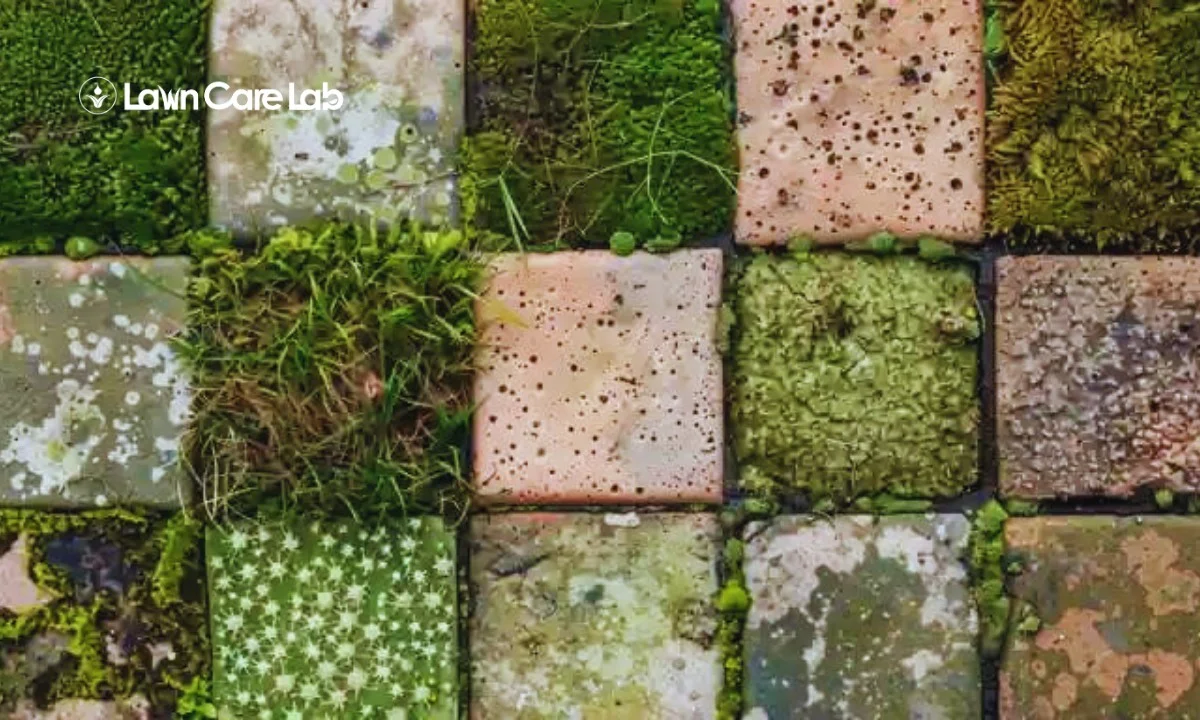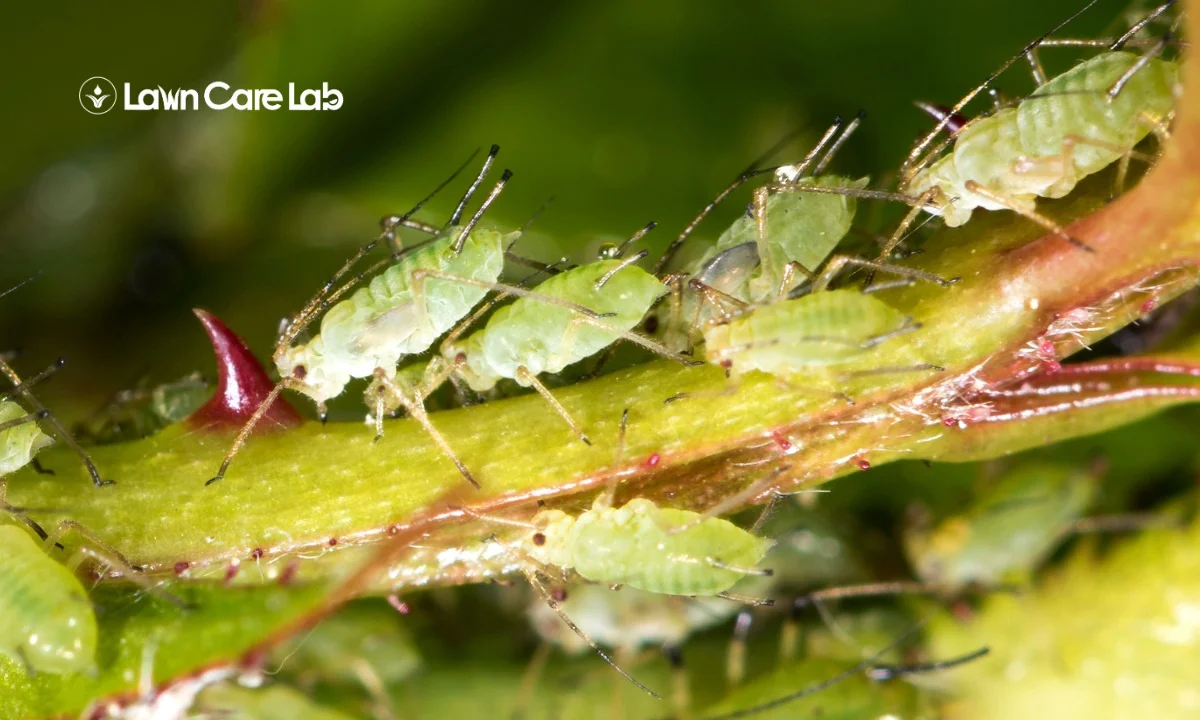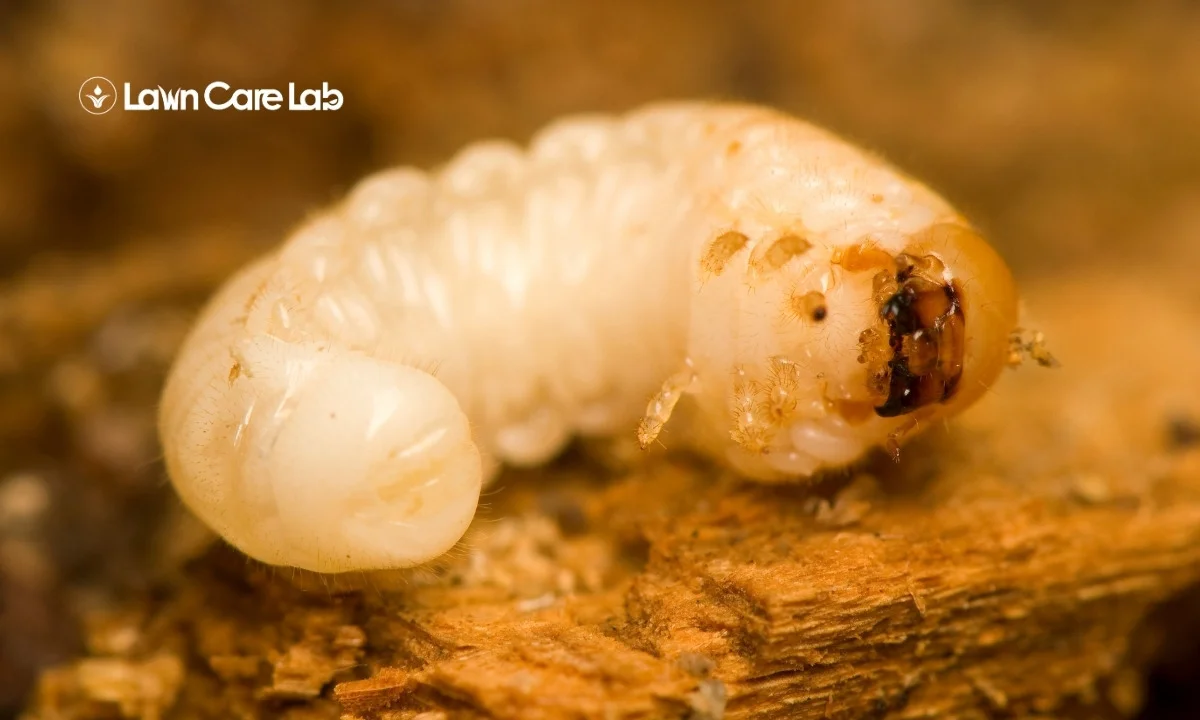You might be surprised to learn that not all bugs are harmful. Quite the contrary, a host of them can be your garden’s secret allies. These tiny creatures combat annoying pests in a natural way, vitalizing the ecosystem.
Delve into their world, and you’ll understand how they’re changing the face of pest control. So, let’s dive into the intriguing universe of these overlooked champions, the beneficial insects that could revolutionize your garden.
Table of Contents
Introduction: The Unsung Heroes of the Garden
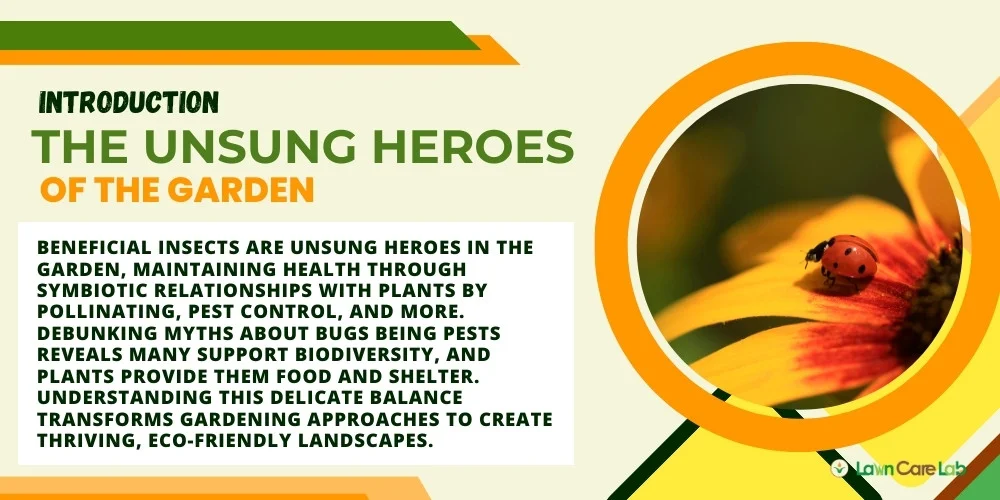
Let’s talk about the unseen champions in your backyard, shall we?
Your garden, believe it or not, is a thriving habitat teeming with beneficial bugs. These tiny warriors have a significant part in maintaining the garden’s health by controlling pests naturally and creating a symbiotic bond with plants.
The symbiotic relationship between plants and insects
Your garden isn’t just a collection of pretty blooms and foliage. It’s a bustling ecosystem where beneficial insects play heroes. These little guys work hard, pollinating and managing pests to keep your plants in tip-top shape.
This symbiotic relationship is a two-way street. Plants offer insects food and shelter, while the insects help the plants thrive and multiply.
Understanding this delicate balance can revolutionize your gardening approach, turning your garden into a biodiverse haven.
Debunking myths: Not all insects are pests
Contrary to popular belief, not every bug in your backyard is a nuisance. In reality, many of them play a crucial role in maintaining the health and vibrancy of your garden. Let’s set the record straight:
Firstly, there’s a wide range of useful critters out there. For instance, predatory bugs like ladybugs and lacewings act as nature’s own pest control, tackling harmful insects and reducing the need for chemicals.
Secondly, by welcoming these beneficial bugs, we encourage biodiversity, leading to a more balanced ecosystem. This smart tactic significantly improves your garden’s ecological well-being.
Lastly, let’s not forget about pollinators like bees and butterflies. Their contribution to plant reproduction is essential for your garden to flourish.
Beneficial Insects: A Natural Approach to Pest Control
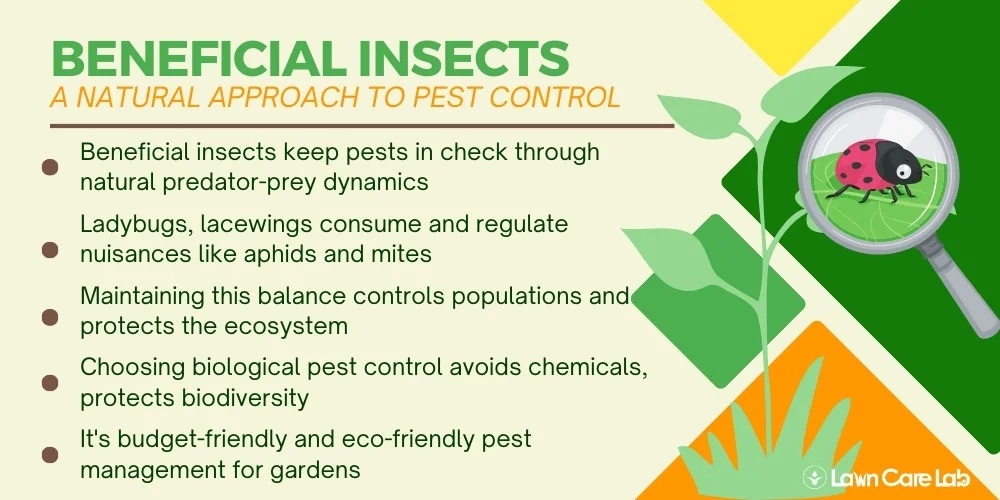
Ever noticed how pests can wreak havoc on a garden?
There’s a natural solution to this problem. It’s all about understanding the predator-prey relationship in your garden and promoting the presence of helpful insects.
This sustainable technique not only saves money but also helps the environment.
Understanding the predatory-prey balance in gardens
Did you know your garden is more than just a pretty space? It’s a thriving ecosystem, a battleground where creatures fight to survive.
Bugs that are useful, such as ladybugs and lacewings, are crucial in this environment. They feast on pests that could harm your plants.
The circle of life: How insects regulate each other
In your own backyard, it’s the simple yet crucial bugs that uphold the fragile equilibrium of hunter and hunted. Naturally, they keep the nuisance insects in check, ensuring ecological stability through their interactions and executing organic pest control methods.
Their role is pivotal in controlling insect populations, making them priceless friends in your garden. Their hunter-hunted relationships significantly contribute to protecting nature’s life cycle.
Beneficial vs. harmful: Distinguishing between friend and foe
In the lively buzz of your garden, it’s essential to tell the difference between your insect allies and enemies. Knowing which bugs are helpful and which ones damage your greenery is vital.
The economic and environmental benefits of biocontrol
Choosing biocontrol with helpful bugs is a two-fold boon.
Economically, it trims down the hefty costs of harmful pesticides, making it a budget-friendly pest management method.
Ecologically, it lessens soil and water contamination, fostering a sturdy and healthier environment. Using this natural pest control method not only combats pests but also promotes biodiversity by maintaining equilibrium in the ecosystem.
Thus, by embracing biocontrol, you’re not just saving money but also championing a greener planet.
Spotlight on Beneficial Bugs
Shining a light on three helpful insects:
Ladybugs, known as nature’s aphid controllers, diligently decrease aphid numbers in gardens.
Meanwhile, lacewings and parasitic wasps are the unseen protectors, subtly maintaining balance by controlling numerous pests.
Ladybugs: Nature’s aphid hunters
If you think about the eating habits and life stages of ladybugs, you’ll realize they’re pretty incredible at controlling aphid populations in gardens. Whether as larvae or adults, they’re known to feast on loads of aphids, effectively keeping their numbers in check.
Lifecycle and feeding habits of ladybugs
Ladybugs, known as nature’s aphid predators, have a lifecycle and feeding habits that significantly contribute to pest management. These tiny creatures experience four stages of life – egg, larva, pupa, and adult.
Interestingly, their larvae can gobble up to 400 aphids, showcasing their voracious appetites. Furthermore, their reproductive activities and choice of habitat influence their interactions with fellow insects.
This knowledge can help you strategically introduce ladybugs to your garden, which is something we’ll delve into shortly.
Introducing ladybugs to your garden
If you’re battling aphids, consider welcoming ladybugs into your garden – they’re great at keeping these pests under control. There are a few key elements to successful ladybug integration:
- Ensuring suitable conditions
- Following best practices for their release
- Actively working towards their conservation
This includes protecting them from predators, working harmoniously with the local ecosystem, and utilizing them as bioindicators. It’s also important to:
- Encourage self-sustaining populations
- Monitor their health after release
- Stimulate diversity within their ranks
Looking beyond ladybugs, lacewings and parasitic wasps also serve as silent protectors of your garden – we’ll dive into their roles next.
Lacewings and parasitic wasps: The silent guardians
Lacewings and parasitic wasps mightn’t catch your eye, but they’re the unsung heroes of your garden. Their main job? Keeping harmful insects in check to safeguard your plants and helpful bugs.
Recognizing their contribution and fostering a welcoming habitat for them is key.
Their role in controlling harmful insect populations
Beneficial insects such as lacewings and parasitic wasps play a crucial role in your garden by controlling the population of harmful bugs. They’re key contributors to predator-prey dynamics, influencing the biodiversity of insects.
These bugs serve as natural pest control agents, maintaining the ecological balance in your garden. Moreover, they help enhance insect biodiversity, leading to a healthier and more robust garden environment.
Creating a friendly environment for these allies
Ever wondered how to make your garden a haven for helpful bugs such as lacewings and parasitic wasps, our undercover protectors against damaging pests?
Simply build habitats and encourage diversity with bug-friendly landscaping to draw these useful insect species.
This eco-friendly pest control approach not only keeps your garden thriving but also aids in preserving ecological equilibrium, giving a hand to these small but mighty helpers of nature.
Enhancing Your Garden for Beneficial Insects
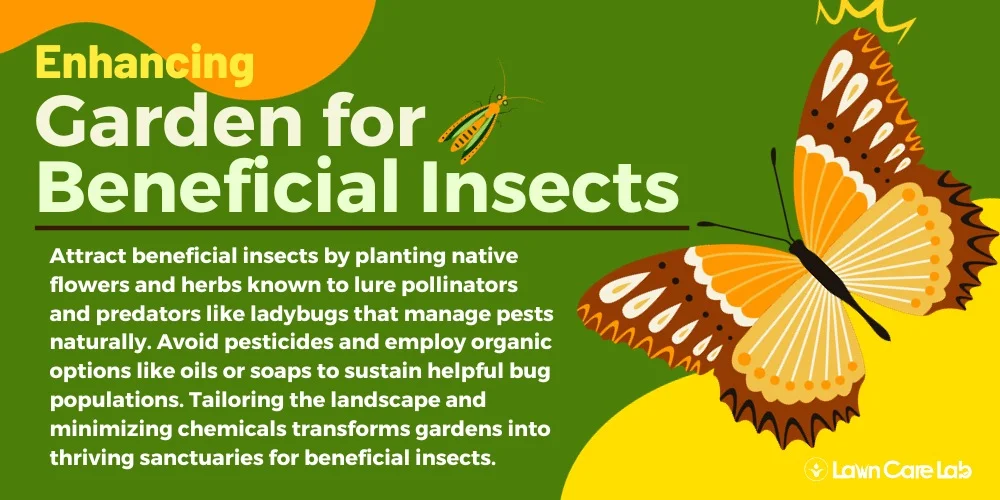
Ever thought about turning your garden into a sanctuary for good bugs? Planting specific flora can lure these useful critters and set up an organic pest management system.
Plus, ditching pesticides for natural options helps maintain their numbers and keeps unwanted pests under control.
Plants that attract helpful bugs
Let’s dive into the fascinating world of creating a bug-friendly garden.
The key is selecting the right flowers. Sweet alyssum, cilantro, and dill are irresistible to beneficial insects.
But don’t forget about native plants. Besides adding diversity, they serve as a vital food source, offering necessary pollen and nectar to support insect survival.
Floral choices for a bug-friendly garden
Choosing the right flowers for your garden can significantly boost the presence of beneficial insects. Native blooms such as coneflowers, sunflowers, buckwheat, yarrow, mint, and milkweed are particularly effective.
Not only do these plants lure in pollinators, enhancing biodiversity and facilitating plant reproduction, but they also help create a varied habitat for different insect species.
Moreover, these bug-friendly garden designs help naturally regulate pest populations, thanks to the increased number of beneficial insects.
The role of native plants in supporting insect biodiversity
Adding a bunch of local plants to your garden has more benefits than just making it look good. It’s a smart move that can really boost the variety and number of insects, including the helpful ones.
These native plants are key to having more insects, a stronger ecosystem, and better support for pollinators. This fresh gardening method not only helps conserve biodiversity but also turns your garden into an important spot for all these little critters from nature.
Avoiding pesticides: Natural alternatives for pest control
Don’t let bugs hinder your passion for gardening. Instead, opt for eco-friendly alternatives to harmful pesticides, such as fostering your garden to attract beneficial insects. Embracing organic gardening and pest management methods can be your best strategy.
Here’s a quick rundown of three biological control approaches you might want to try:
- Welcome good bugs like ladybugs and lacewings, known to prey on typical garden pests.
- Planting local flora can lure useful insects and offer natural pest control.
- Resort to non-chemical defenses like horticultural oils or insecticidal soaps.
These tactics not only ensure your garden thrives but also contribute to environmental preservation.
Stick around as we further explore the importance of beneficial insects in the next segment.
Conclusion: Embracing the Power of Beneficial Insects
You’ve witnessed first-hand how beneficial insects can naturally control pests, right? It’s not just for looks, welcoming biodiversity in your backyard is a smart strategy.
By providing a home for these little helpers, you’re adopting a method known as integrated pest management. This practice is both successful and sustainable, it’s about letting nature do its thing in the most effective way.
Picture your garden bustling with life, every insect doing its bit to maintain the balance, warding off pests. So, let’s ditch the pesticides and cheer on these natural defenders.
After all, we’re all aiming for a vibrant, flourishing garden. And it’s these tiny allies that can turn this vision into reality.
- Special Considerations and Techniques for Maintaining Sloped Lawns - July 15, 2024
- How Green Spaces Influence Community Interactions - July 8, 2024
- Lawn Fungal Diseases: Identification and Treatment - July 3, 2024

